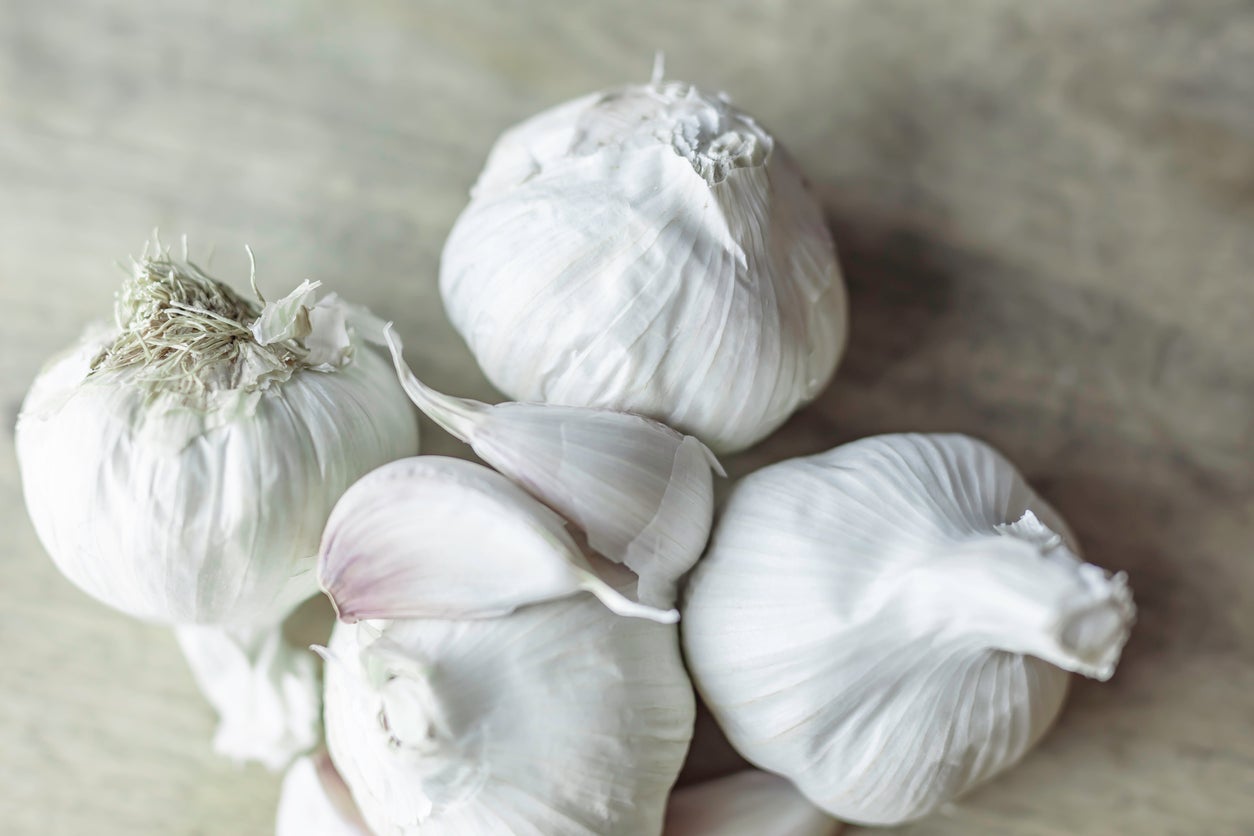Italian Late Information: How To Grow Italian Late Garlic Cloves


Growing Italian Late garlic is a great way to enjoy a tasty variety of garlic while also extending your harvest. As compared to other garlic varieties, this one is ready later in the spring or summer so you can get more garlic for a longer period of time if you add it to other types in the garden. With some basic Italian Late information, you’ll find it easy to grow.
What is Italian Late Garlic?
Italian Late garlic is a softneck variety. This means it does not have the tough flower stalk of hardneck garlics that needs to be removed to encourage bulb development. Softnecks produce more cloves per bulb as well.
The flavor of Italian Late is robust but not overly hot compared to other varieties. The taste is rich and lingers on the palate. This garlic’s aroma is very pungent. Like other types of garlic, the flavor can vary by year depending on the growing conditions.
A desirable property of Italian Late garlic is that the bulbs store well. As a softneck type, you can braid the stems and hang bulbs to dry. Once dry, they will store most of the winter, up to six months.
How to Grow Italian Late Garlic
Italian Late garlic plants are not fussy. Compared to some similar types of garlic, these will grow in a range of climates and soil types. Plant the garlic in a sunny spot with fertile soil—mix in compost if necessary. Make sure the area drains well and avoid standing water.
Plant Italian Late outdoors about six to eight weeks before the ground freezes in the fall. In warmer climates, you can plant it as late as early spring. Water the garlic regularly in the spring and slow down as it gets closer to harvest time.
In most areas, the bulbs will be ready to harvest mid-summer. Look for dry, brown lower leaves with a few of the top leaves still green for a sign that the bulbs are ready.
Gardening tips, videos, info and more delivered right to your inbox!
Sign up for the Gardening Know How newsletter today and receive a free copy of our e-book "How to Grow Delicious Tomatoes".
You shouldn’t have too many problems or pests with your Italian Late garlic plants. The most likely issue is overwatering and standing water, which can cause roots to rot.

Mary Ellen Ellis has been gardening for over 20 years. With degrees in Chemistry and Biology, Mary Ellen's specialties are flowers, native plants, and herbs.
-
 Zinnias On Repeat: 10 Glorious Cut-And-Come-Again Varieties For Endless Summer Bouquets
Zinnias On Repeat: 10 Glorious Cut-And-Come-Again Varieties For Endless Summer BouquetsThese zinnia varieties keep giving all summer, making them the perfect choice for dedicated cutting gardens – or just the occasional homegrown bouquet.
By Ellen Wells
-
 Create A Romantic Garden Straight Out Of Bridgerton: Regency Era Romance In Your Garden
Create A Romantic Garden Straight Out Of Bridgerton: Regency Era Romance In Your GardenTry some romantic garden ideas straight out of Bridgerton. Flowers and gardens in the Regency era were lush and charming and you can get the same look!
By Bonnie L. Grant